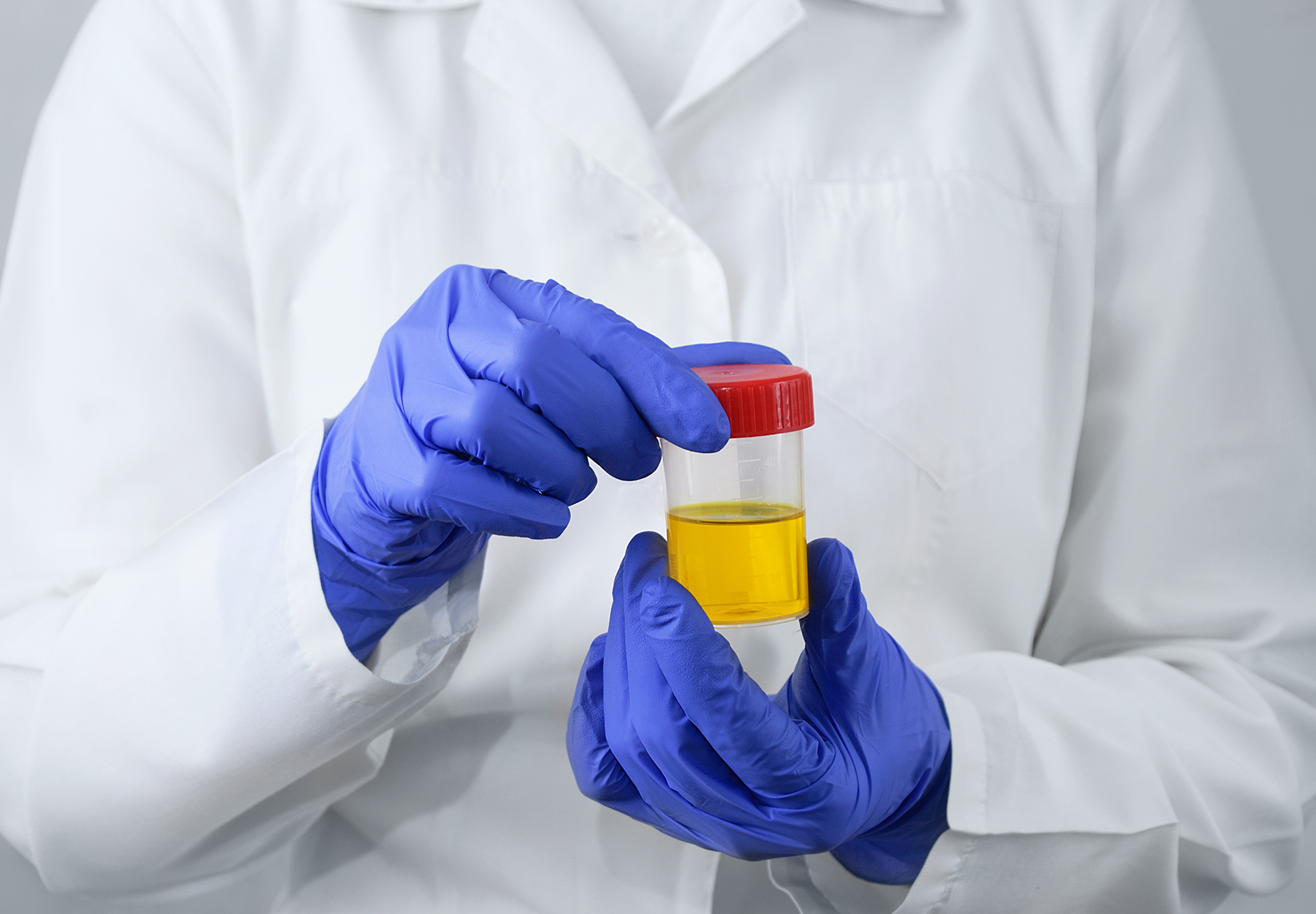New Urine Test Can Detect Synthetic Cannabinoids in Marijuana
Recent study shows the new test can identify a widespread and dangerous class of synthetic cannabinoids called BZO-CHMOXIZID.

International bans of delta-9-tetrahydrocannabinol (THC) and other cannabinoids that cause impairment in marijuana and other illegal drugs have forced drug manufacturers to turn to new synthetics that are currently difficult for law enforcement to detect. But a new urine drug test can detect a widespread and dangerous class of these synthetic cannabinoids called BZO-CHMOXIZID (OXIZID). That is the conclusion of a new study published by the American Association for Clinical Chemistry (AACC) journal Clinical Chemistry on Sept. 30.1
The Diagnostic Challenge
Synthetic cannabinoids, aka, synthetic cannabinoid receptor agonists (SCRAs), cause psychoactive effects, making them an essential ingredient in many drugs of abuse. In 2021, China implemented a broad ban on generic SCRAs. As a result, the global recreational drug market has witnessed an influx of novel SCRAs not covered by the ban. In addition to being hard to detect, many of these new SCRAs are more dangerous than traditional marijuana. While people think of them as nothing more than a marijuana alternative, the AACC notes that unlike THC, SCRAs are “known to cause psychosis, seizures, and even strokes.”
“It is imperative that drug enforcement agencies have the ability to test for these drugs, as tracking their use is one of the keys to curbing it,” the AACC adds.2 One major challenge for detecting these new SCRAs is that many of them have structural features that have never been seen before. That includes OXIZID, which was first synthesized and studied by scientists at the University of Texas MD Anderson Cancer Center, and carries a previously unknown oxoindolin core. While many OXIZID analogs have been identified worldwide, their pharmacological effects remain unstudied and none of them are listed as illegal scheduled substances in the US.
Scheduled Drugs Under the US Substances Control Act
Schedule II: includes cocaine, methamphetamines, oxycodone, Adderall, Ritalin, and Vicodin
Schedule III: includes Tylenol with codeine, ketamine, anabolic steroids, and testosterone
Schedule IV: includes Xanax, Soma, Darvocet, Valium, and Ambien
Schedule V: includes Robitussin AC, Lomotil, Motofen, Lyrica, and Parepectolin
The New OXIZID Urine Drug Test
With these challenges in mind, researchers from the National University of Singapore set out to develop a urine drug test capable of detecting OXIZIDs. The first step: Identify workable urinary biomarkers for OXIZID detection. To get an idea of which metabolites the body produces in breaking down OXIZID drugs, the team incubated human liver microsomes with four different OXIZID analogs. From this work, they were able to identify 42 to 51 metabolites for each OXIZID.
Armed with these biomarkers, the researchers performed urine drug tests on four people known to be users of OXIZID. They then used mass spectrometry to detect the parent OXIZID drugs and the respective metabolites of each one. The former included three types of OXIZIDs:
- BZO-HEXOXIZID;
- BZO-POXIZID; and
- 5F-BZO-POXIZID.
They also identified the N-alkyl and phenyl mono-hydroxolated metabolites of each parent OXIZID.
Based on these results, the team concluded that “these compounds can be used together in a urinary drug panel to conduct routine monitoring for OXIZID abuse.” And because the urine samples contained constituent metabolites at higher concentrations than the parent drug, they stressed that it is “critically” important to include the metabolites in any test screening for use of OXIZID drugs.2
Takeaway
In the science race between developers of illegal drugs and those dedicated to enforcing the laws and preventing substance abuse, the latter may have just gained a significant advantage. “The ever-evolving scene of drug abuse calls for prompt interventions to prevent newly emerging illicit drugs from escalating to a state of rampancy,” noted head of the National University of Singapore research team, Eric Chun Yong Chan, in a statement. “A detailed understanding of their metabolic profiles will facilitate drug agencies in identifying their abusers based on urinary biomarkers.”2
References:
Subscribe to Clinical Diagnostics Insider to view
Start a Free Trial for immediate access to this article